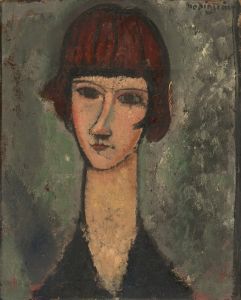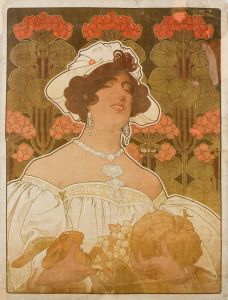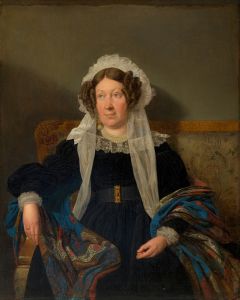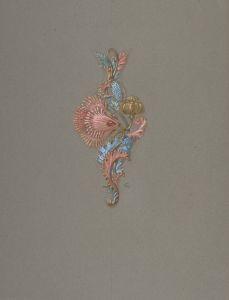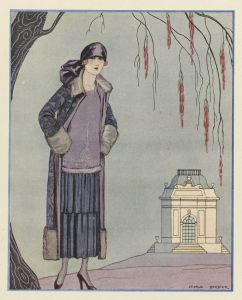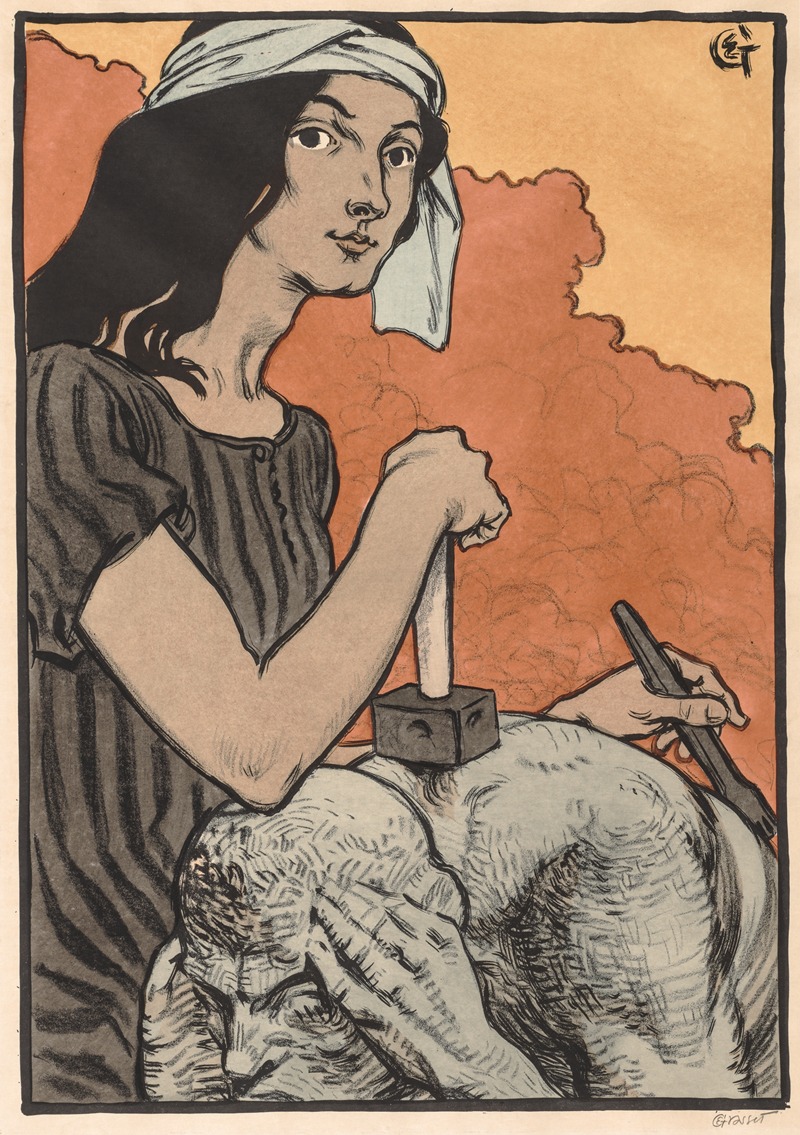
Sculptress
A hand-painted replica of Eugène Grasset’s masterpiece Sculptress, meticulously crafted by professional artists to capture the true essence of the original. Each piece is created with museum-quality canvas and rare mineral pigments, carefully painted by experienced artists with delicate brushstrokes and rich, layered colors to perfectly recreate the texture of the original artwork. Unlike machine-printed reproductions, this hand-painted version brings the painting to life, infused with the artist’s emotions and skill in every stroke. Whether for personal collection or home decoration, it instantly elevates the artistic atmosphere of any space.
Eugène Grasset was a Swiss-born French artist and designer who played a significant role in the Art Nouveau movement. He was known for his work in various mediums, including painting, illustration, and decorative arts. One of his notable works is "Sculptress," a painting that exemplifies his style and artistic contributions.
"Sculptress" by Eugène Grasset is a painting that depicts a female sculptor at work. The painting is celebrated for its detailed portrayal of the artist's subject and the intricate design elements that are characteristic of Grasset's style. The work captures the essence of the Art Nouveau movement, which is known for its emphasis on natural forms, flowing lines, and elaborate ornamentation.
Grasset's "Sculptress" is particularly significant because it highlights the role of women in the arts during a period when female artists were often underrepresented. The painting shows a woman deeply engaged in her craft, suggesting a sense of empowerment and dedication. This portrayal aligns with the broader themes of the Art Nouveau movement, which often celebrated beauty, creativity, and the natural world.
The composition of "Sculptress" is meticulously crafted, with attention to detail that showcases Grasset's skill as an artist. The use of color, line, and form in the painting reflects the influence of both the Art Nouveau style and Grasset's background in decorative arts. The painting's intricate patterns and harmonious design elements are typical of Grasset's work, which often incorporated elements of medieval and Japanese art.
Eugène Grasset was born on May 25, 1845, in Lausanne, Switzerland. He studied drawing and architecture in Zurich before moving to Paris in 1871. In Paris, he became involved in various artistic endeavors, including illustration, poster design, and decorative arts. Grasset's work was influential in the development of the Art Nouveau movement, and he is often credited with helping to define its aesthetic.
Throughout his career, Grasset worked on a wide range of projects, from book illustrations to stained glass windows. His versatility as an artist and designer allowed him to leave a lasting impact on the art world. "Sculptress" is one of many works that demonstrate his ability to blend artistic beauty with functional design.
Grasset's contributions to the Art Nouveau movement were recognized during his lifetime, and his work continues to be celebrated today. He passed away on October 23, 1917, in Sceaux, France, but his legacy lives on through his art and design.
In summary, "Sculptress" by Eugène Grasset is a notable example of Art Nouveau painting that highlights the artist's skill and the movement's emphasis on natural forms and intricate design. The painting's portrayal of a female sculptor at work reflects Grasset's progressive views on the role of women in the arts and his dedication to capturing the beauty and creativity of the natural world.







